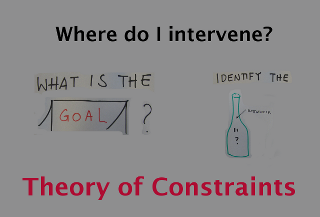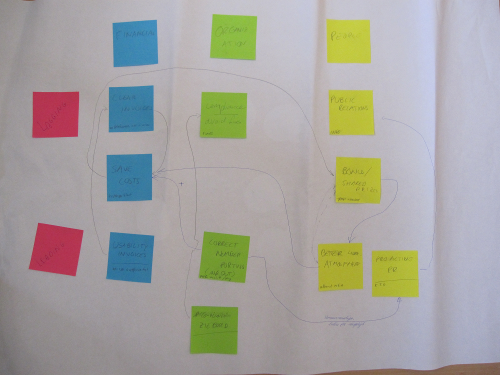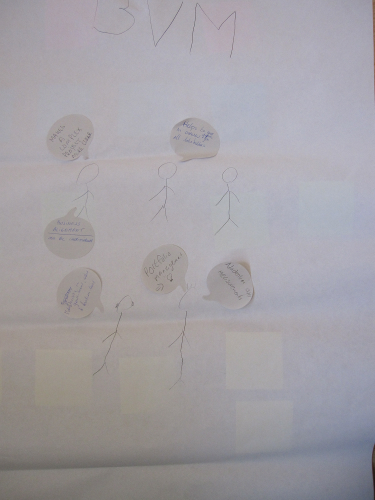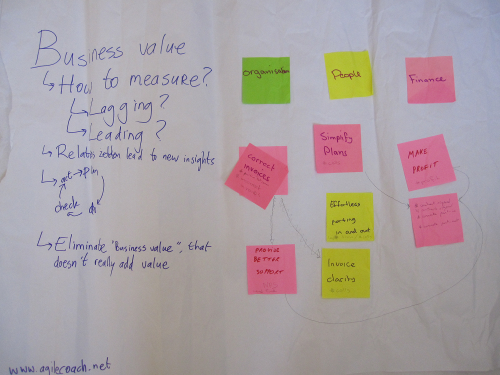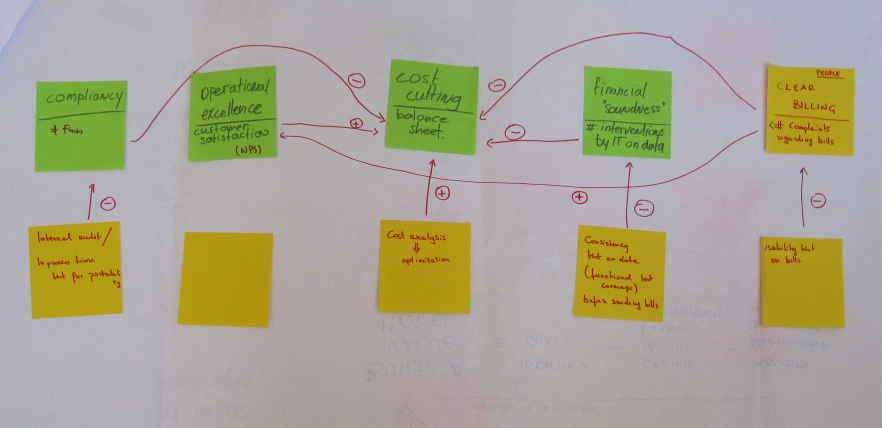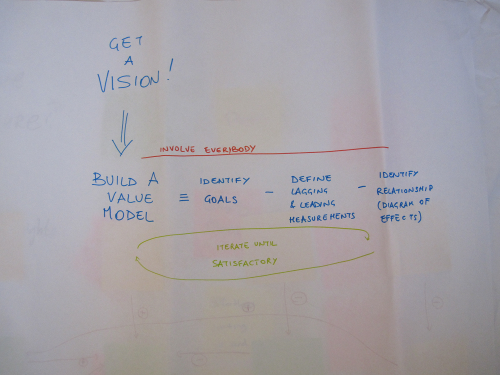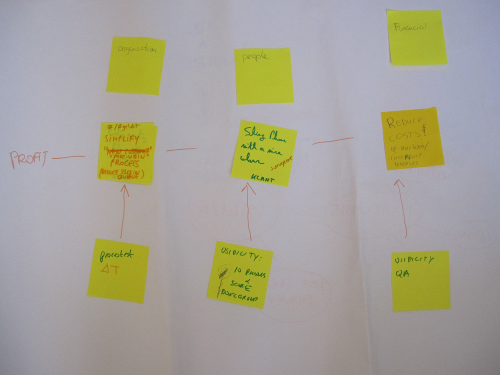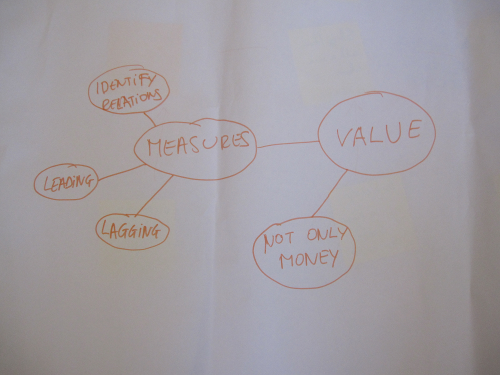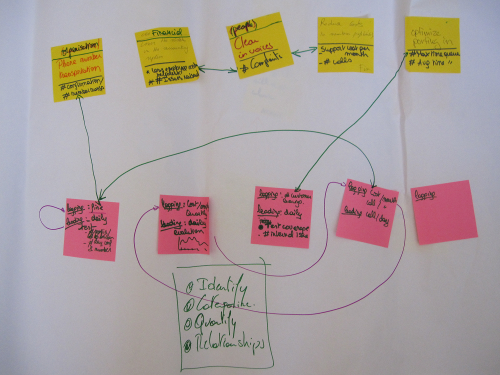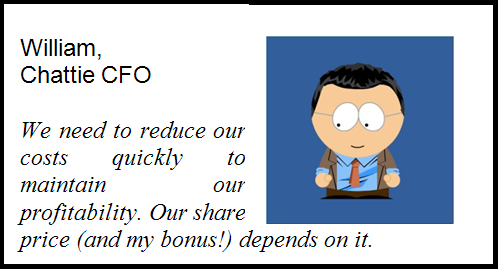Mechelen, December 1st – 2nd 2011
XP Day Benelux is an international conference about Agile methods, intended for people from all walks of life who are involved with IT. It provides a good opportunity for exchanging ideas and sharing experiences and is suited for both experienced participants and beginners in Agile methods. The focus of this conference is on practical knowledge, real-world experience, and active participation of everyone.
XP Days Benelux 2011 will have something for everyone. Sessions for people who are new to Agile, sessions for experienced people, a good mix of technical, experience, management and process sessions. We’ll have sessions on Agile in real life, stories of success and horror, hands on workshops, and sessions that will completely surprise you!
You can be a contributor too
We’re looking for enthusiastic people who want to lead these sessions. People who work in any role, business or form. People who are willing to share, and are prepared to learn. Reflective practitioners who are not only interested in quality work but also want to know why things work as they do.
Are you new to presenting? Do you have a nice idea, but you don’t know how to shape it into a session? Don’t worry, we will offer lots of ways to help you:
- We have coaches who can help you create your session.
- Through our session proposal system you will get feedback that will help you shape your session
- We provide opportunities before the conference to try out your session.
- We have a set of personas to give you some idea of the type of participants you’ll meet at XP Days.
Have you presented sessions before? The extensive feedback will give you an opportunity to improve your session further. And you can use your experience to help other presenters to improve their session.
How to propose a session for XP Days
Becoming an XP Days presenter is simple (but not easy):
- Submit a session idea (until July 9th, 2011)
- You’ll receive a login to our session improvement tool
- You complete your proposal and improve it with the feedback you receive (until August 27th, 2011)
- You give feedback on other proposals to help their presenters to create the best proposal they can
- Early September, the program committee selects the sessions for the program based on the following criteria:
- Quality of the session
- A balance of session subjects and formats
- Participation of the presenter in the improvement process
- Votes from everybody who proposed a session
Important dates
- Now to July 9th, 2011: submit session proposals
- Now to August 27th, 2011: improve session proposals
- September 12th, program committee meeting
- September 19th, program decided
Propose a session now to get as much time as possible to get feedback and improve your session.
See you at the conference!

